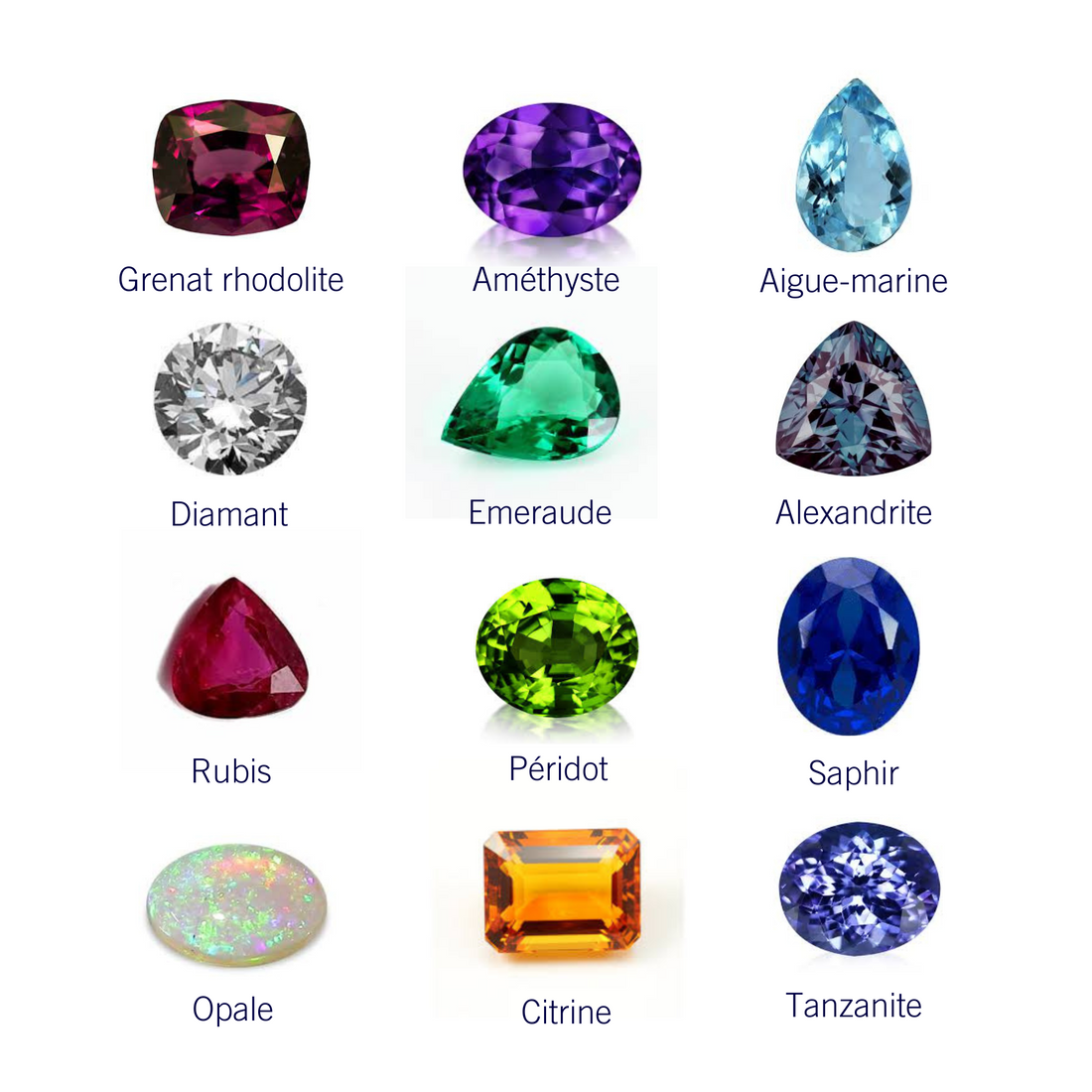Birthstones, assigned to each month of the year, have their roots in antiquity, dating back to the breastplate of Aaron mentioned in the Bible's Book of Exodus. This breastplate, a religious garment, was decorated with twelve gems, symbolizing the twelve tribes of Israel. These gems were arranged in four rows of three stones each, including stones such as sardonyx, topaz, emerald, sapphire and others.
The evolution of this idea is interesting: ancient writings of Flavius Josephus (1st century BC) and Saint Jerome (5th century BC) established a link between these twelve stones and the twelve signs of the zodiac. According to their interpretations, each stone was associated with an astrological sign and would have special powers when worn at the time corresponding to its sign. This resembles the Indian Vedic astrological tradition, where nine stones are assigned to nine planets to help resolve the difficulties of daily life.
However, this idea is not identical to our modern concept of birthstones. This last idea, where each individual should always wear the stone corresponding to their month of birth, is in fact a relatively recent creation. It appeared in the 18th century in Poland, with the arrival of Jewish jewelry traders in the region. It was not until later, in 1912, that the National Association of Jewelers in the United States officially defined the modern list of birthstones.

